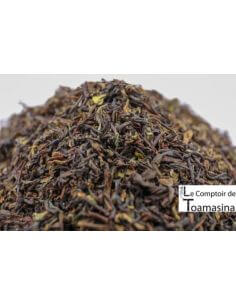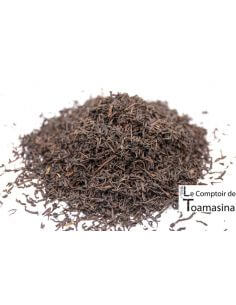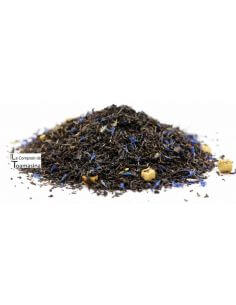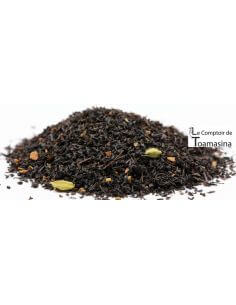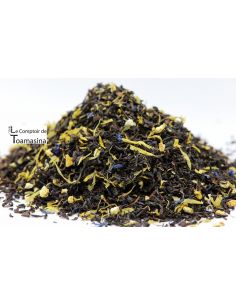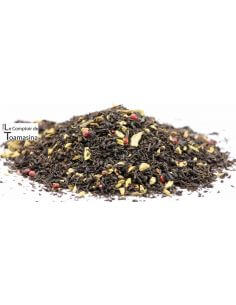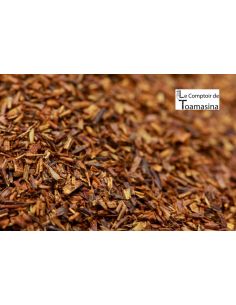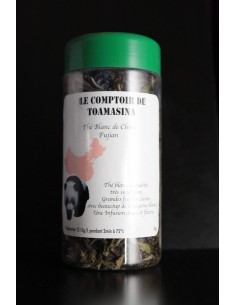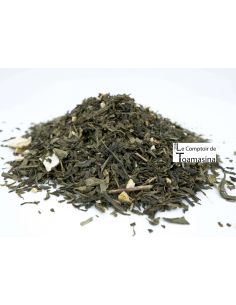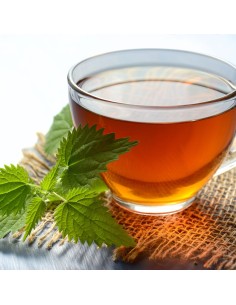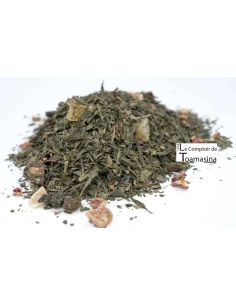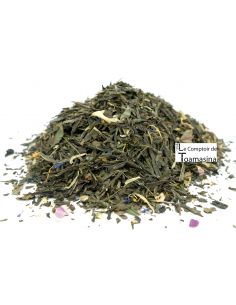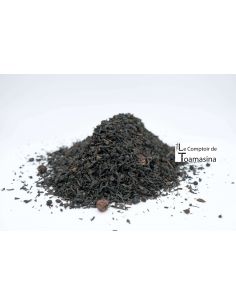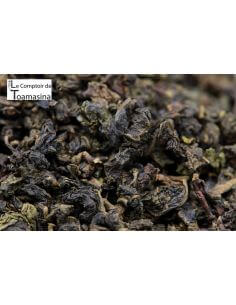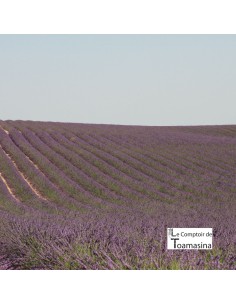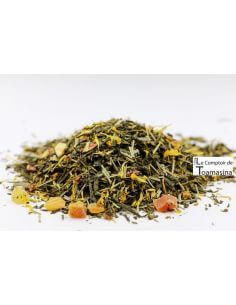The art of enjoying tea is an ancestral ritual, where each variety offers a unique experience. Smoked black teas , dried on racks and caressed by the smoke of pine roots, are perfect for energizing your mornings. For those who want more fruity or floral notes, our collection will meet all your desires.
Our flavored teas , whether white, green or black, are enriched with natural flavors of fruit, citrus, flowers or spices. Among them, Earl Gray stands out for its captivating scent of bergamot.
For a peaceful night, explore our caffeine-free options such as herbal teas, rooibos or hibiscus (carcadets). Tip: To detheine your favorite tea, simply eliminate the first quick brew of less than 10 seconds.
Our blends are the result of traditional know-how . In our French workshops, we compose exclusive recipes, such as our famous Christmas Tea .
At Compagnie & Co, whether you opt for loose tea, in a metal can or in a fabric bag, the quality remains unrivaled.
To prepare your tea, start by treating yourself! Use 2g of tea per cup , to infuse in a tea ball or bag. The water should be simmering, never boiling, at around 80°C . i.e. 10g per lite.
Although 3 minutes is recommended for infusion, adjust the time according to your tastes, whether you prefer a light or stronger tea. And don't forget to try the iced tea version for a new dimension of freshness.


